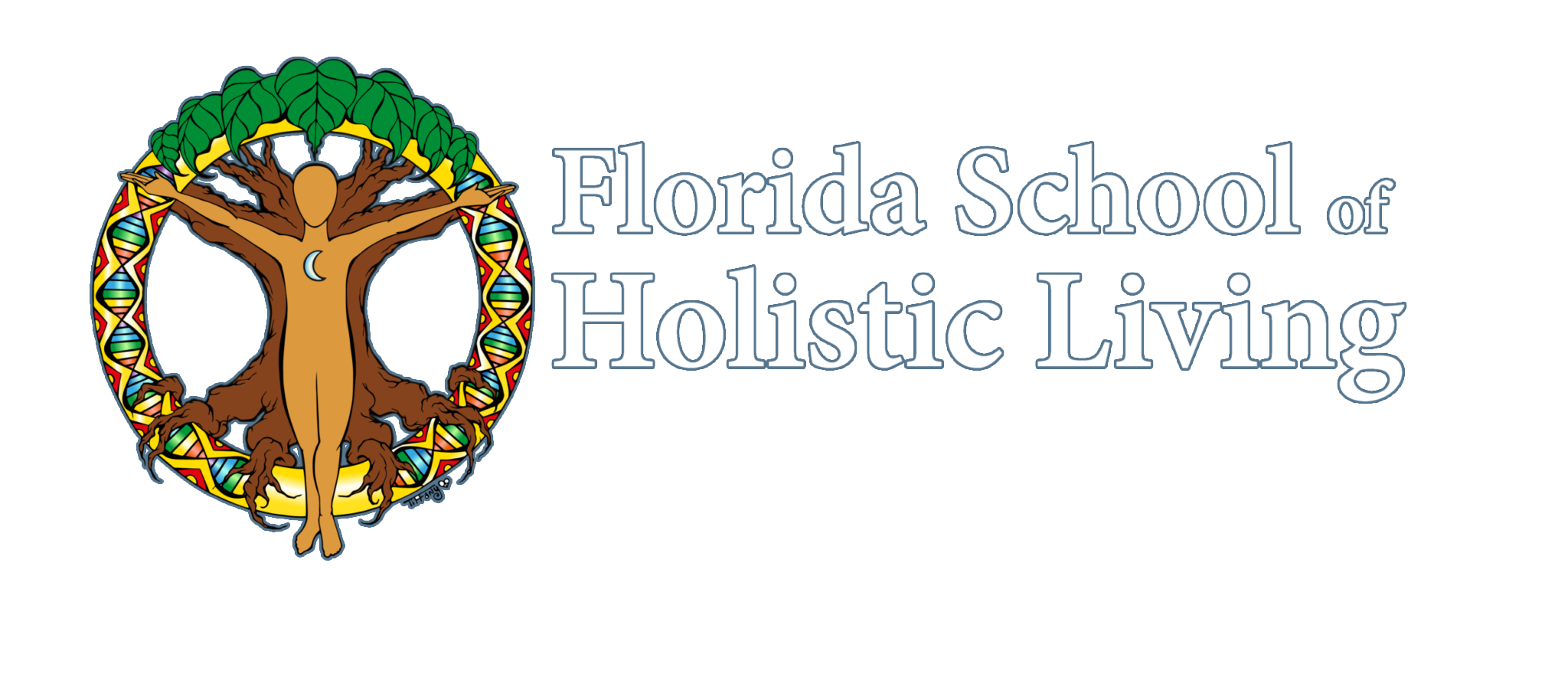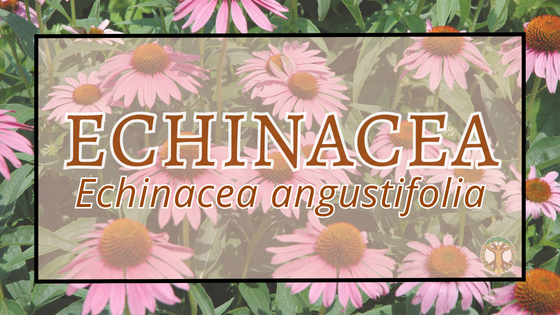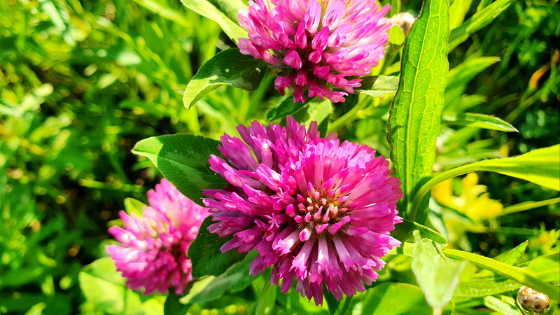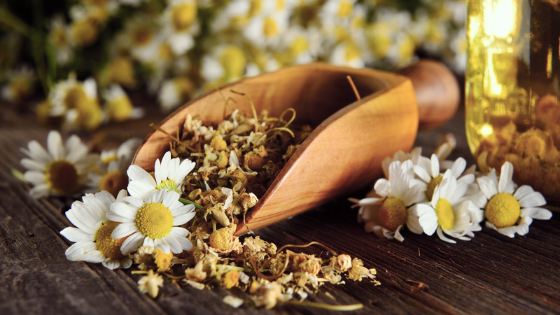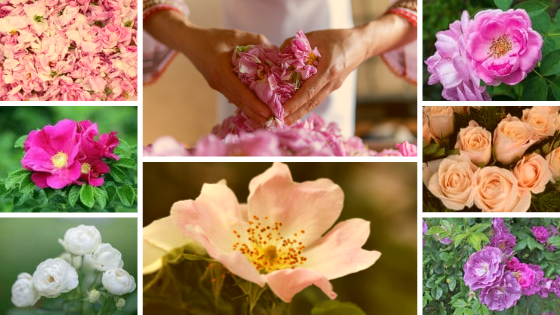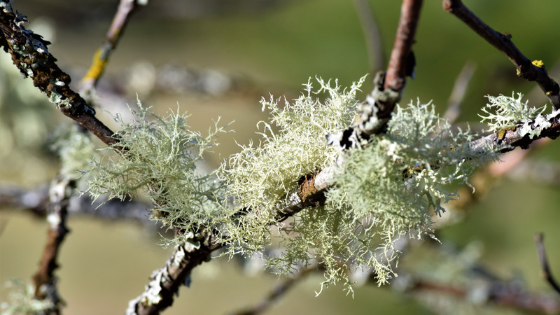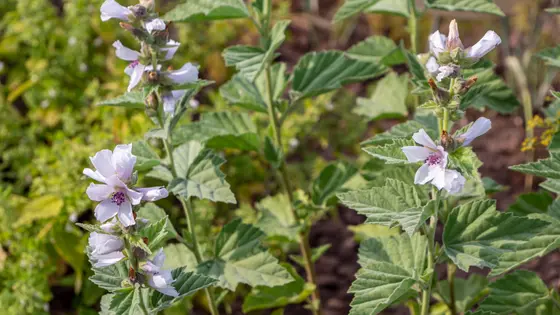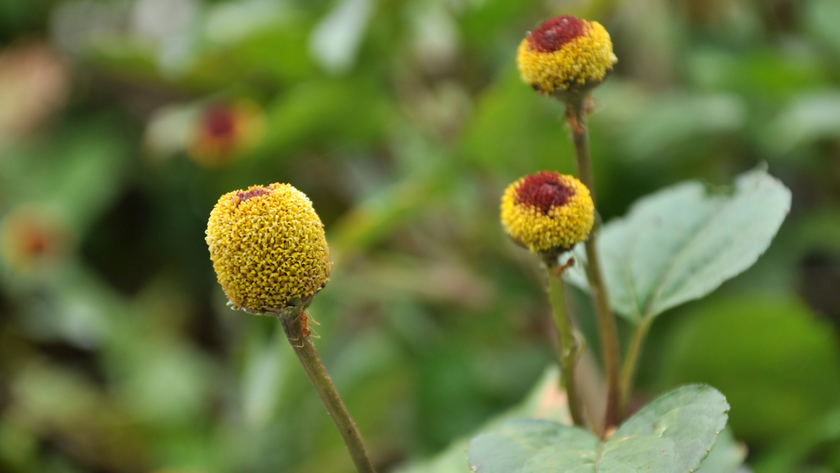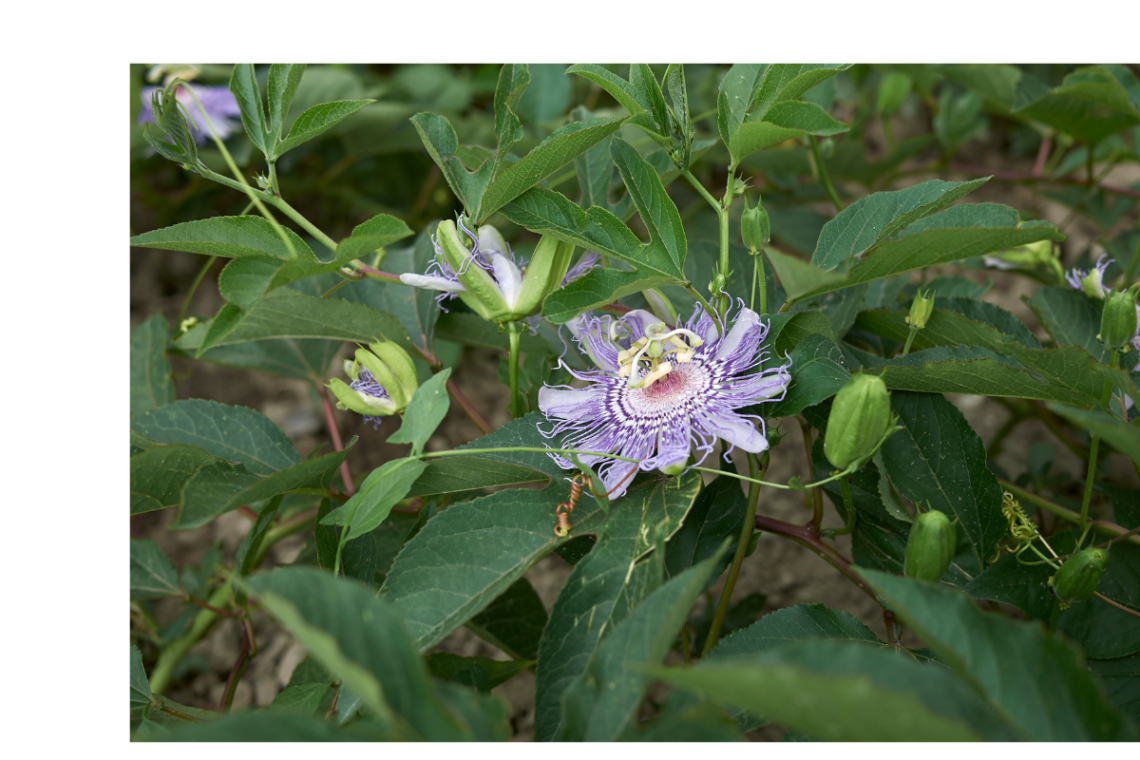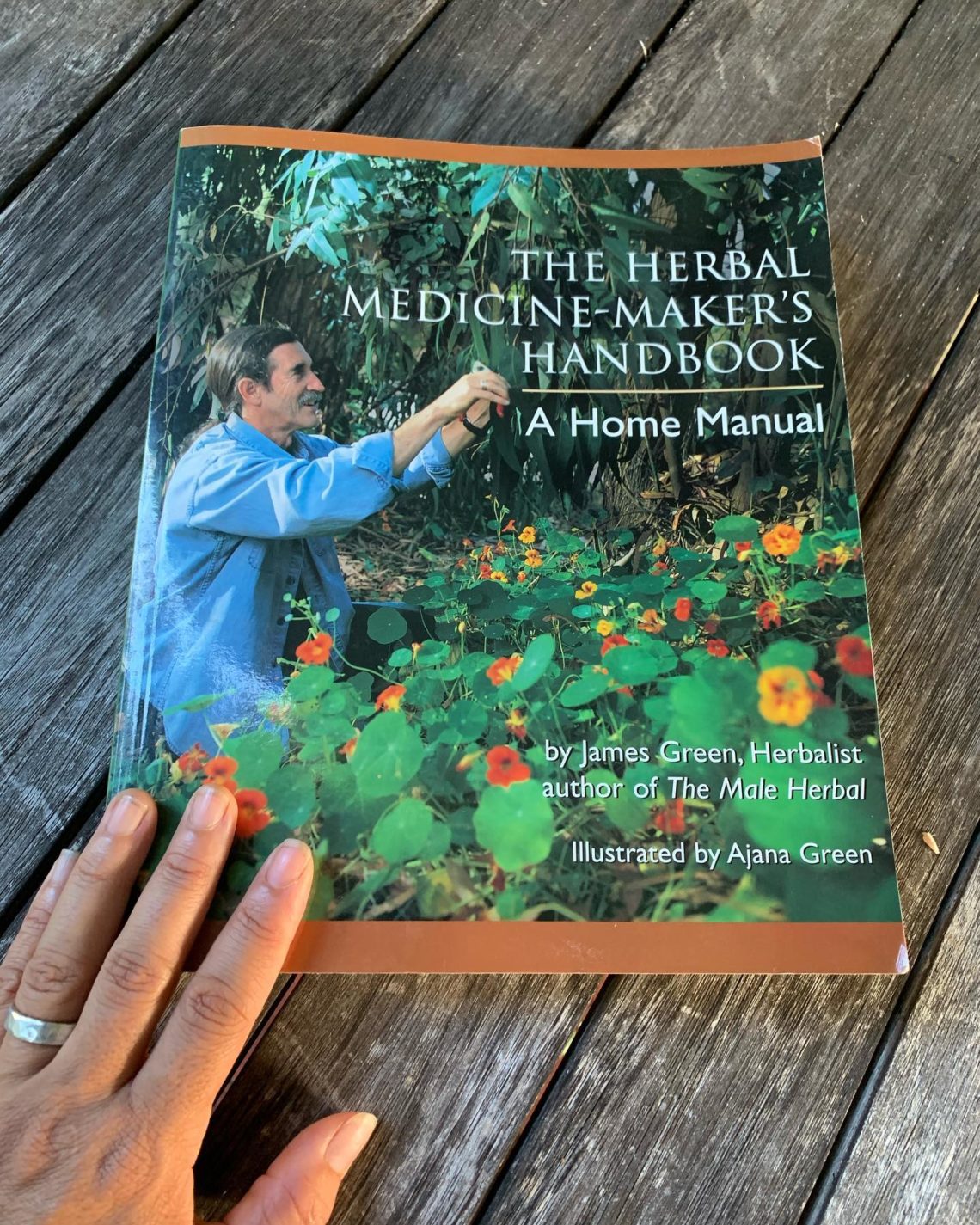-
Echinacea
Echinacea is a perennial plant that grows to 4 ft. with upright stems and purple to pink flowers that are daisy-like. It’s a hardy perennial that has branched stems with oval, lanceolate, bristly leaves. The large flowers have brown-orange centers that are packed with bristly scales. Echinacea is native to central and eastern North America. It grows best in open woodlands and prairies.
-
Red Clover
This perennial herb grows to 16 in. high. It has hairy upright stems, leaves with 3 (sometimes 4) oval leaflets with a white crescent marking, and pink or purple egg-shaped flowerheads.
-
Chamomile
Chamomile’s common name, earth apple, refers to the sudden and enticing smell that arises when the flowers of this plant are crushed beneath your feet.
-
Rose
Several different species can be used, like R. damascena, R. canina, R. rugosa, R. virginiana, R. multiflora, R. gallica, R. centifolia, R. palustris, R. spinosissima, and a few others. It’s important to note that not all garden variety roses can be used, so be sure to verify your rose species before adding them to your herbal collection.
-
Usnea
Usnea's nickname, "lungs of the forest," comes from its sponge-like action to absorb airborne particulates. However, this means that it's susceptible to over-pollution. In fact, it's believed that when lichens like Usnea disappear, it's a warning that the air quality in the area is harmful.
-
Marshmallow
Native to Europe, it has also been naturalized in the Americas. As per its name, it grows in marshy habitats, the edges of wetlands, and disturbed areas. It is a perennial that grows 2-4 feet high and has several wooly stems. The leaves are usually 1-3 inches long and serrate; the flowers are purple in color and 1-2 inches in diameter.
-
Spilanthes
The Florida School of Holistic Living's plant of the month for July 2022.
-
Passionflower
This perennial herbaceous climbing vine is native to Central Florida and the southeast United States—found growing mostly from Texas to Florida. It grows easily by cutting and is happy in sandy Florida soil, sunshine, and rain.
-
Sign up for Family Herbalist program and receive a bonus!
The first 6 people to register for the Fall session of our Family Herbalist Program will receive a free copy of Herbal Medicine Maker’s Handbook by James Greene and a free copy of our Bodhi Garden Guide.
-
Reclaiming the Practice of Self Care
At Florida School of Holistic Living, self care is a foundational component to our core curriculum. The core curriculum is indeed an elaborate herbalist training, but we have to care for ourselves if we’re going to be caring for others. As herbalists, we know it requires an immense amount of energy to hold space for others in need of healing. It’s uplifting to see the conversation of self care appear in the media. Publications like NPR and Girlboss are posting articles about self care which tells us large audiences are ready to receive the information (at least according to their market research). Slowly but surely, our society is becoming more…
